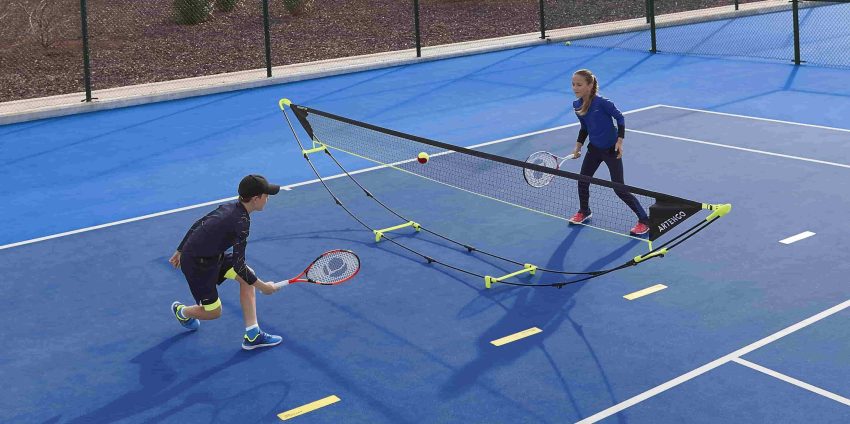Tennis, often referred to as the sport of kings, has evolved significantly over the years. From wooden rackets and grass courts to high-tech graphite frames and synthetic surfaces, the game has seen numerous transformations. One of the most intriguing developments in tennis history is the serve and volley revolution, a fast-paced and aggressive style of…


